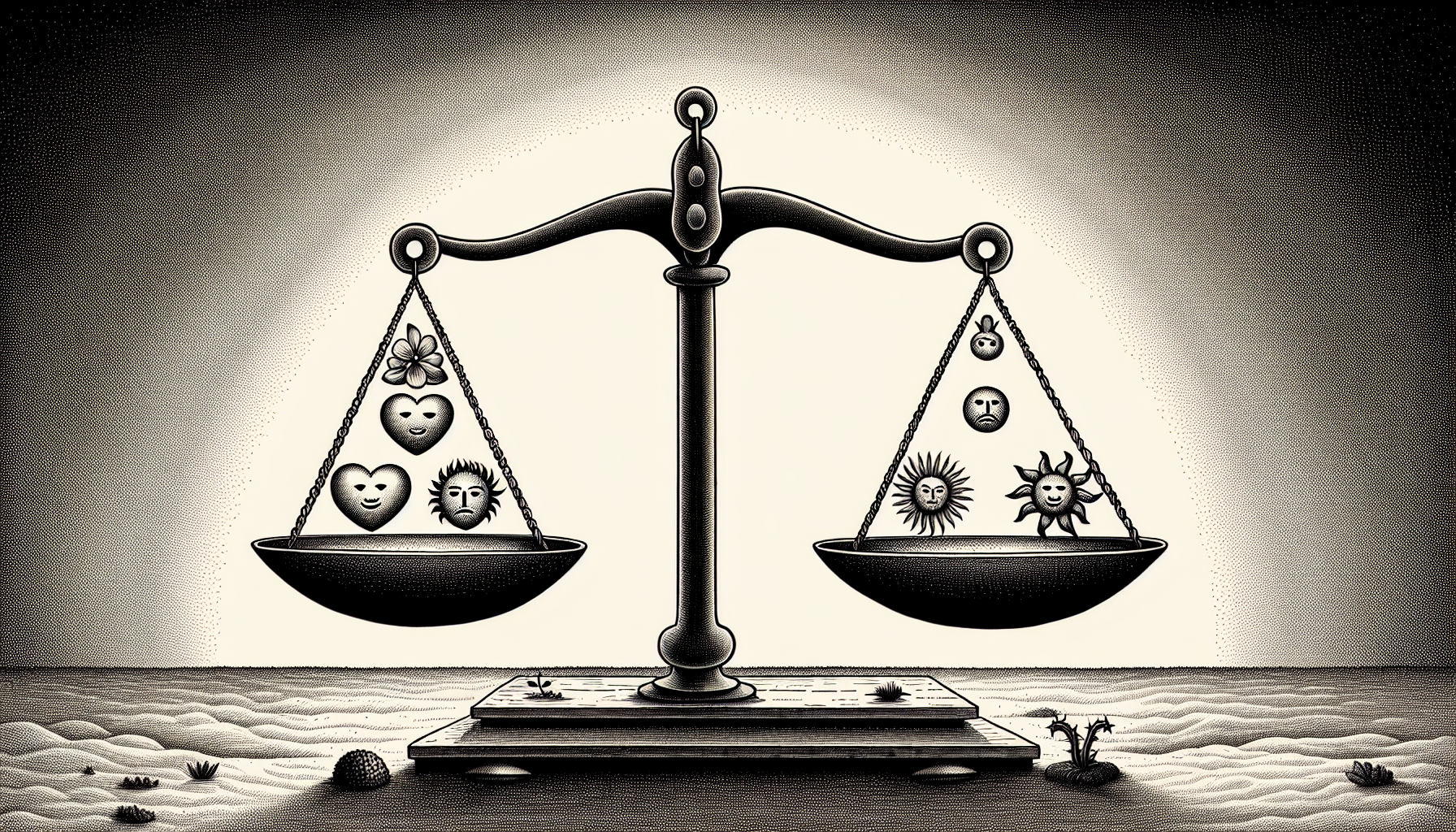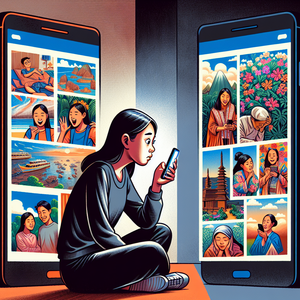The Future of Freelance CAD: Trends Shaping the Industry in the Next Decade

The next decade promises to be transformative, marked by rapid advancements in technology and an increasing emphasis on sustainability and collaboration. Freelancers can unlock new opportunities by understanding and leveraging trends such as generative design, artificial intelligence integration, virtual and augmented reality advancements, sustainability practices, and adaptation to remote work.
Generative Design
Generative design is redefining traditional design processes by utilizing algorithms to generate a multitude of design options based on specified parameters. This innovative approach allows designers to explore unconventional solutions that might not emerge through conventional design methods.
Artificial Intelligence Integration
The integration of artificial intelligence (AI) in CAD tools is reshaping workflows and enhancing productivity. AI algorithms can automate mundane tasks, identify design flaws, and suggest optimizations based on historical data.
Virtual and Augmented Reality
The incorporation of virtual reality (VR) and augmented reality (AR) technologies into the CAD workflow is revolutionizing how designs are presented and experienced. These immersive technologies allow freelancers to create interactive 3D environments where clients can visualize and interact with designs in real-time.
The Importance of Sustainability
In an era of heightened environmental awareness, sustainability has become a crucial consideration in CAD design. Freelance professionals are increasingly tasked with creating eco-friendly solutions that minimize environmental impact.
Adapting to Remote Work Trends
The shift toward remote work, accelerated by the COVID-19 pandemic, is likely to persist in the coming years. For freelance CAD professionals, adapting to this trend is essential for success.
The future of freelance CAD is ripe with opportunities driven by technological advancements and evolving client expectations. By embracing generative design, integrating artificial intelligence, utilizing virtual and augmented reality, prioritizing sustainability, and adapting to remote work, freelancers can position themselves for success in an ever-changing industry.
Generative Design Specialist
Engineering firms, product design companies, automotive manufacturers
Core Responsibilities
Utilize algorithms and software like Autodesk Fusion 360 to create multiple design iterations based on specific parameters.
Collaborate with clients to refine design objectives and ensure that generated solutions meet performance criteria.
Conduct material analysis and optimization to enhance product efficiency and sustainability.
Required Skills
Proficiency in generative design software and CAD tools.
Strong understanding of engineering principles and material science.
Ability to analyze and interpret design data for continuous improvement.
AI-Driven CAD Designer
Tech companies, architectural firms, industrial design studios
Core Responsibilities
Implement AI tools within CAD processes to automate design tasks and enhance workflow efficiency.
Analyze historical design data to optimize current projects and predict performance outcomes.
Collaborate with engineering teams to ensure AI-generated designs adhere to industry standards and client specifications.
Required Skills
Experience with AI-powered CAD software like SolidWorks or Rhino.
Knowledge of machine learning principles and data analysis.
Critical thinking skills to identify optimization opportunities in designs.
Virtual Reality (VR) CAD Visualizer
Architectural firms, real estate developers, design agencies
Core Responsibilities
Create immersive 3D environments using VR technologies for architectural projects and client presentations.
Develop interactive walkthroughs and simulations to enhance client engagement and understanding of design concepts.
Work closely with architects and clients to incorporate feedback and make necessary adjustments to VR models.
Required Skills
Proficiency in VR software and CAD tools, with a focus on visualization techniques.
Strong artistic and technical skills to create compelling 3D environments.
Excellent communication skills to effectively present ideas and gather client feedback.
Sustainable Design Consultant
Environmental consulting firms, architectural practices, construction companies focused on green building
Core Responsibilities
Advise clients on sustainable practices and eco-friendly materials in CAD projects.
Conduct life cycle assessments to evaluate the environmental impact of design choices.
Develop innovative design solutions that align with sustainability goals and regulations.
Required Skills
Expertise in sustainable design principles and certifications (e.g., LEED).
Strong understanding of material science and energy-efficient design practices.
Ability to communicate the business benefits of sustainable design to clients.
Remote Project Coordinator for CAD Teams
Design firms, construction companies, architectural studios operating in a remote or hybrid work model
Core Responsibilities
Manage remote design projects, ensuring effective communication and collaboration among team members using tools like BIM 360 and Trello.
Oversee project timelines, deliverables, and client interactions to maintain project quality and deadlines.
Facilitate regular updates and meetings to keep stakeholders informed and engaged throughout the design process.
Required Skills
Strong organizational and project management skills.
Familiarity with CAD software and remote collaboration tools.
Excellent interpersonal skills to manage diverse teams in a virtual environment.


